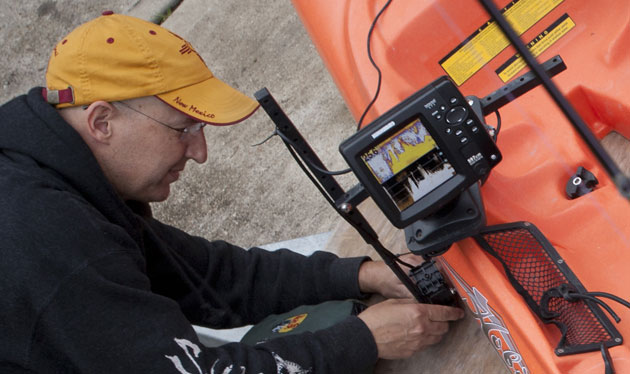Do I always need a wetsuit
Question
Hello,
I am getting ready to go through the classes for my open water certification, but I was just curious about something before I start my classes. Do you always have to wear a wetsuit when diving or is it only if you are diving in cold waters? Most of my diving will probably be done on vacations to the caribbean, so I was just wondering if I should plan on needing a wetsuit in the future.
Thanks.
Answer
Hi April
Congratulations on your decision to pursue your Open Water certification! I hope you find it to be as rewarding and exciting as I did.
You'll learn what I'm about to tell you in your Open Water classes but I'll give you a head start. Water conducts heat away from your body about 20 times faster than air. What this means is that you'll lose body heat to water much faster than you will to air. Any time you're in water that is less than your body temperature (around 98 degrees F.), you'll lose body heat. Since the water temp in the Caribbean is generally around 80, you will eventually get cold. The purpose of the wetsuit is to slow this heat loss so that you can enjoy your dive without getting chilled. For this reason, you'll want to get a wetsuit. Wetsuits come in several different thicknesses and styles. I would recommend a wetsuit which is either 1 or 2 millimeters thick if you're diving in the Caribbean in the summer or a 3 mm suit if you're diving in the winter. Get a fullsuit instead of a shorty. The fullsuit will cover your arms and legs. Along with keeping you warm, it will also protect you against scrapes and cuts from coral and jellyfish stings. Don't get a skinsuit. These are made of Lycra (like pantyhose)and will not retain warm water inside them like a neoprene wetsuit. If you're not sure if the suit is neoprene or Lycra, hold it up to your mouth and blow though the fabric. If you can feel your warm breath coming through on the other side of the fabric, it's Lycra. Neoprene will stop the warm water (and your breath) from flowing through it so that's the stuff you want for your wetsuit.
A popular addition to a wetsuit is a 2 mm thick neoprene beanie. It will cover your head and prevent about 40% of your heat loss. It doesn't cover your neck so it's much more comfortable than a hood, is less expensive than a hood and can be easily removed since it's only secured with a velcro strap under your chin. A beanie will make a maginally effective wetsuit much more effective since it will stop a lot of the heat loss through your scalp. That way you can wear a thinner wetsuit and still stay pretty comfortable in cool water.
Don't get a wetsuit that is any thicker than you absolutely need to stay warm. Thicker wetsuits are more restrictive and harder to move around in. They also need much more weight to sink and are more expensive. The thicknesses I mentioned above will work well in water that is no colder than about 75 degrees.
The wetsuit needs to fit skin tight all over your body. If it doesn't, when you move, it will pump warm water out of your wetsuit through cuffs and the collar and bring in colder outside water. If that happens, the wetsuit won't keep you very warm.
Your local dive shop can help you find a perfect fit.
Best of luck in your training and Happy Diving!!
Mike Giles
Mike's Dive Center
mikescuba.com
training agency pro & cons
Cave Freediving?


